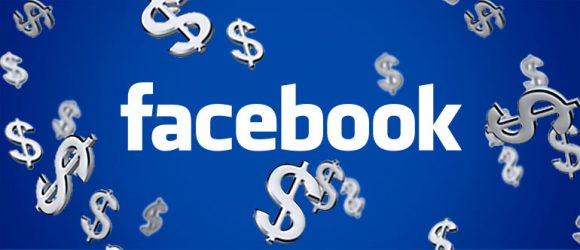Combat Banner Blindness and Get Your Banner Ads Seen

Consider this: When it comes to the likelihood of you actually clicking a banner ad, you are
- 25 times more likely to win a prize in the Mega Millions;
- 8 times more likely to apply to Harvard and get in;
- 50 times more likely to sign up for and complete NAVY SEAL training;
- 64 times more likely to climb Mount Everest; and
- 28 times more likely to survive a plane crash.
It is also 120.20 times more likely that the MLB World Series will end in a walk-off home run than it is that you will click on a banner ad.
These opening stats, quoted from a Business Insider piece by Nicholas Carlson (“It’s More Likely You Will Survive A Plane Crash Or Win The Lottery Than Click A Banner Ad”), were compiled by Solve Media. Reporting similarly low response rates from banner ads, DG MediaMind (now Sizmek) has indicated that in 2011 and 2012 banner ad response rates averaged only 0.1 percent.
In other words, 99.9 percent of banner ads generated no measurable response. These results can be blamed on banner blindness – a phenomenon in which web users consciously, or subconsciously, ignore display banners ads.
According to the folks at Infolinks, a company that offers global banner ad solutions, the causes of banner blindness include ad irrelevance, ad tonnage, predictable placement and poor user experience. In a 2013 study, Infolinks learned that:
- 86 percent of consumers suffer from banner blindness.
- The average internet user in the U.S. sees 50 ads per day.
- Only 14 percent of survey respondents remembered the company or product in the last online ad they viewed.
- Only 2.8 percent thought the last ad they saw was relevant to them.
- Another 22 percent indicated that the last ad they saw was not only irrelevant, but was so irrelevant it annoyed them.
With stats like these, you would assume that display ad spend is on the decline, and yet, on the contrary, it is expected to grow from 40 percent of overall U.S. digital ad spend in 2012 to 45 percent by 2016. So – given today’s digital environment and the fact that display advertising isn’t going away any time soon, how can marketers make their display ads generate response?
Infolinks offers a few suggestions:
Placement – At no surprise, eyetracking studies performed by Infolinks confirmed that consumers see more content at the top of the page. However, they look past standard skyscraper and leaderboard units because they have been trained that those areas typically contain ads that don’t relate to their tasks. While “above the fold” offers the best visibility, sometimes unconventional placements can drive more engagement.
Relevance – Also in its eyetracking studies, Infolinks saw that an ad for a lesser-known brand was recalled by 82 percent more people than the ad of a major brand on the same page primarily because the lesser-known brand ad was relevant to the user’s intent. Irrelevance results in negative attention, not positive response.
Experience – Study respondents were more likely to engage with (and therefore recall) non-traditional placements than standard banner ads. Infolinks indicates this is because the non-traditional placements enhanced the user experience vs. disrupting it.
The net
While these suggestions may seem obvious, they are best practices that marketers should be mindful of in their efforts to give display ads the best shot at working, and to ensure any budget spent on display ads is not in waste.









